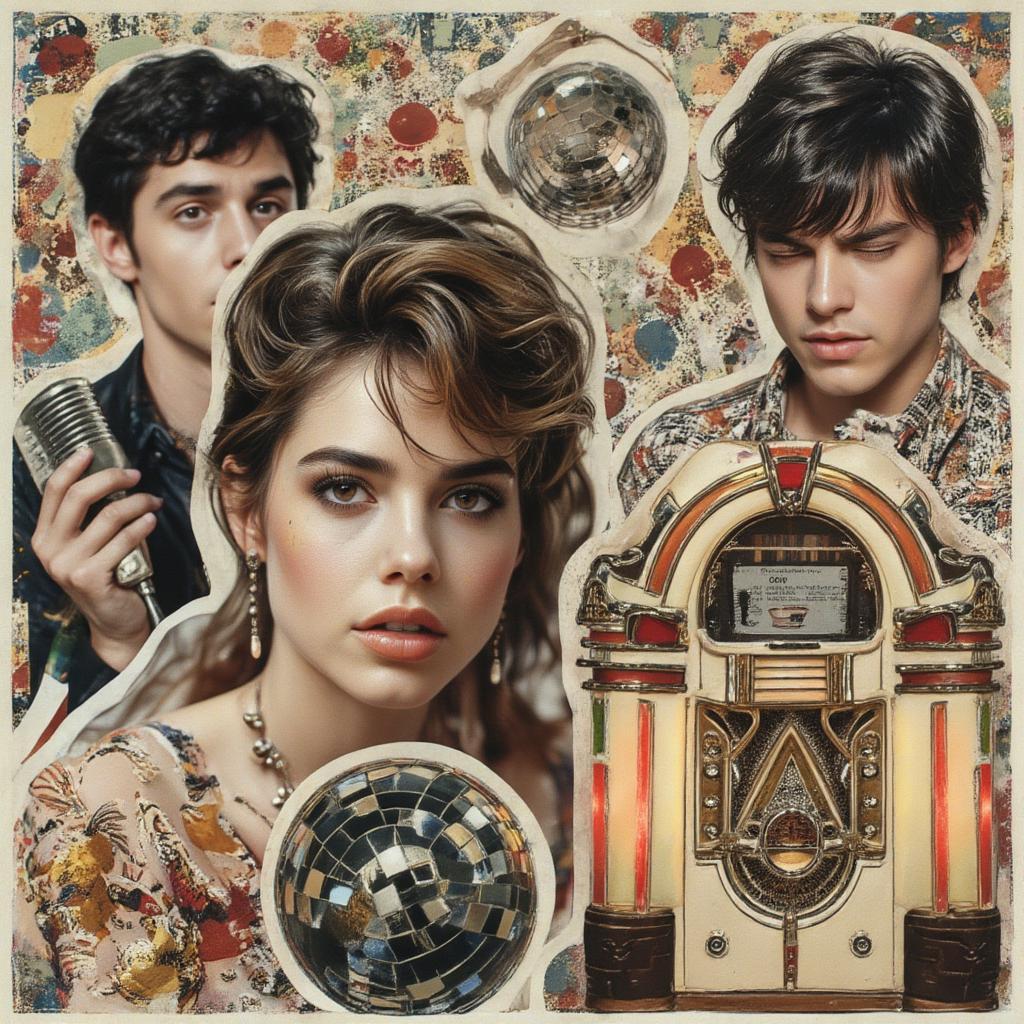Groovy Times: Exploring the Best 60’s and 70’s Music

The 1960s and 70s were decades of immense cultural and musical transformation. From the British Invasion to the rise of disco, these two decades produced some of the best 60’s and 70’s music that continues to resonate with listeners today. This era witnessed the birth of new genres, the evolution of existing ones, and the emergence of iconic artists who shaped the landscape of popular music forever. This exploration delves into the heart of this golden age, highlighting the defining sounds and influential artists that made the 60s and 70s so unforgettable.
The British Invasion and the Rise of Rock and Roll
The early 1960s were electrified by the arrival of British bands like The Beatles and The Rolling Stones, spearheading a phenomenon known as the British Invasion. These bands, heavily influenced by American blues and rock and roll, infused their music with a raw energy and youthful rebellion that captivated audiences worldwide. The Beatles, with their catchy melodies and innovative studio techniques, became a global sensation, while The Rolling Stones cultivated a rougher, bluesier edge that solidified their status as rock and roll rebels. This period also saw the rise of other notable British acts like The Kinks and The Who, each contributing their unique sound to the evolving music scene. The impact of the British Invasion was profound, revitalizing rock and roll and paving the way for future generations of musicians. The raw energy and innovative spirit of bands like The Beatles and The Rolling Stones helped to define the sound of the 60s and established a new standard for rock music.

The Soul and Motown Sound: A Revolution in Rhythm and Blues
While rock and roll dominated the airwaves, another musical revolution was brewing in Detroit. Motown Records, founded by Berry Gordy Jr., became a powerhouse of soul music, launching the careers of legendary artists like The Supremes, The Temptations, and Marvin Gaye. Motown’s signature sound, characterized by its smooth vocals, infectious melodies, and sophisticated arrangements, transcended racial barriers and became a defining sound of the 60s. Artists like Aretha Franklin, with her powerful vocals and gospel-infused style, further enriched the soul music landscape. These artists not only produced some of the best 60’s and 70’s music but also used their platform to address social and political issues, contributing to the growing civil rights movement. “Respect” by Aretha Franklin became an anthem for empowerment, demonstrating the potential of music to inspire social change.
The Evolution of Soul: From Motown to Funk
As the 60s transitioned into the 70s, soul music continued to evolve, giving rise to funk. James Brown, often hailed as the “Godfather of Soul,” pioneered this new sound with his emphasis on rhythmic grooves, syncopated bass lines, and powerful vocals. Funk artists like Parliament-Funkadelic pushed the boundaries of the genre even further, incorporating elements of rock, psychedelic music, and science fiction into their elaborate stage shows and conceptually driven albums. This evolution of soul into funk marked a significant shift in the musical landscape, laying the foundation for genres like disco and hip-hop.
The Folk Revival and Singer-Songwriters: Voices of a Generation
The 60s and 70s also witnessed a resurgence of folk music, led by artists like Bob Dylan, Joan Baez, and Simon & Garfunkel. These singer-songwriters used their music to express personal experiences, social commentary, and political protest. Bob Dylan’s poetic lyrics and distinctive vocal style made him a cultural icon, while Joan Baez’s powerful voice and activism championed social justice causes. Simon & Garfunkel’s intricate harmonies and introspective lyrics captured the anxieties and aspirations of a generation grappling with change. Their music reflected the turbulent times and provided a soundtrack for social and political movements. “The Times They Are a-Changin'” by Bob Dylan became an anthem for the era, reflecting the widespread desire for social and political change.
What were the defining characteristics of folk music in the 60s and 70s? Folk music during this period was characterized by its acoustic instrumentation, emphasis on storytelling, and focus on social and political themes.
Disco Fever: The Rise of Dance Music
The late 70s saw the explosion of disco, a genre characterized by its four-on-the-floor beat, lush orchestral arrangements, and emphasis on dance. Artists like Donna Summer, The Bee Gees, and Chic dominated the charts with their infectious disco anthems. Disco became a cultural phenomenon, influencing fashion, dance, and nightlife. While its popularity was relatively short-lived, disco’s impact on dance music is undeniable. It paved the way for genres like house music and electronic dance music, which continue to thrive today. The best 60’s and 70’s music was truly diverse, spanning from the rebellious energy of rock and roll to the dancefloor euphoria of disco.
Conclusion: The Enduring Legacy of the 60’s and 70’s Music
The best 60’s and 70’s music represents a period of unparalleled creativity and innovation in popular music. From the British Invasion to the rise of disco, these two decades produced a diverse range of genres and iconic artists who continue to influence musicians today. Exploring this era allows us to connect with the past, appreciate the evolution of music, and rediscover the timeless appeal of these classic sounds. Dive into the music of the 60s and 70s and experience the magic for yourself. You can explore similar musical journeys with our collection of 50’s rock.




